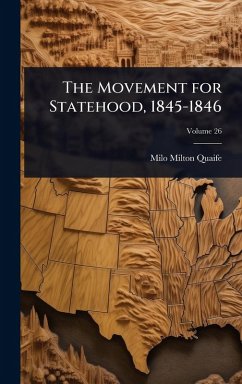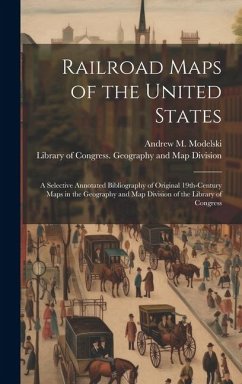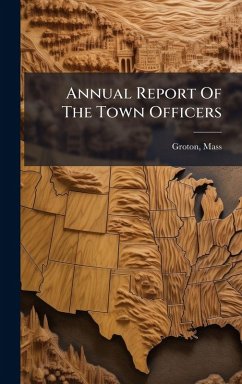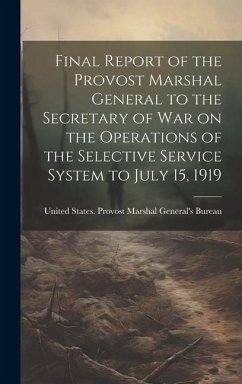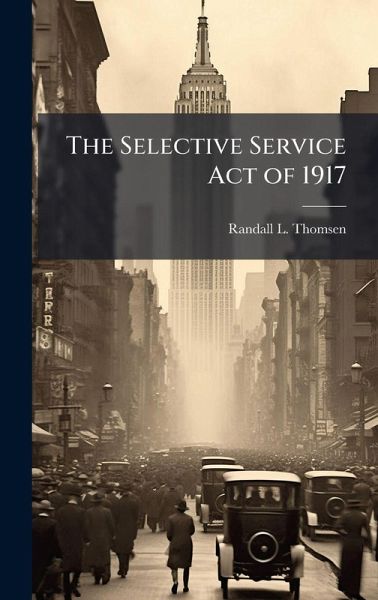
The Selective Service Act of 1917
Versandkostenfrei!
Versandfertig in über 4 Wochen
26,99 €
inkl. MwSt.
Weitere Ausgaben:

PAYBACK Punkte
13 °P sammeln!
The execution of the Selective Service Act in 1917 proved extremely successful in mobilizing both manpower and public opinion in support of America's war aims; but is selective service still relevant to the United States military in the 21st century? This paper will examine the Selective Service Act of 1917 and consider its antecedents, execution, and influence on the United States military today. Research was conducted by means of a literature review of historical documents and current articles relevant to the issue. Two goals of this research are to explore the success of the original Select...
The execution of the Selective Service Act in 1917 proved extremely successful in mobilizing both manpower and public opinion in support of America's war aims; but is selective service still relevant to the United States military in the 21st century? This paper will examine the Selective Service Act of 1917 and consider its antecedents, execution, and influence on the United States military today. Research was conducted by means of a literature review of historical documents and current articles relevant to the issue. Two goals of this research are to explore the success of the original Selective Service Act from its historical perspective and to consider aspects which may be relevant today. The position taken is that although the U.S. military and the nation as a whole have changed in significant ways, selective service continues to serve America as a safeguard against threats to national security. This work has been selected by scholars as being culturally important, and is part of the knowledge base of civilization as we know it. This work was reproduced from the original artifact, and remains as true to the original work as possible. Therefore, you will see the original copyright references, library stamps (as most of these works have been housed in our most important libraries around the world), and other notations in the work. This work is in the public domain in the United States of America, and possibly other nations. Within the United States, you may freely copy and distribute this work, as no entity (individual or corporate) has a copyright on the body of the work. As a reproduction of a historical artifact, this work may contain missing or blurred pages, poor pictures, errant marks, etc. Scholars believe, and we concur, that this work is important enough to be preserved, reproduced, and made generally available to the public. We appreciate your support of the preservation process, and thank you for being an important part of keeping this knowledge alive and relevant.




